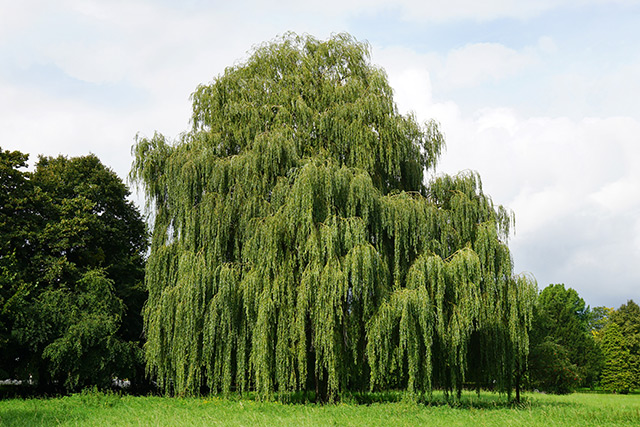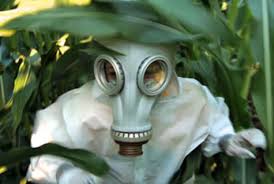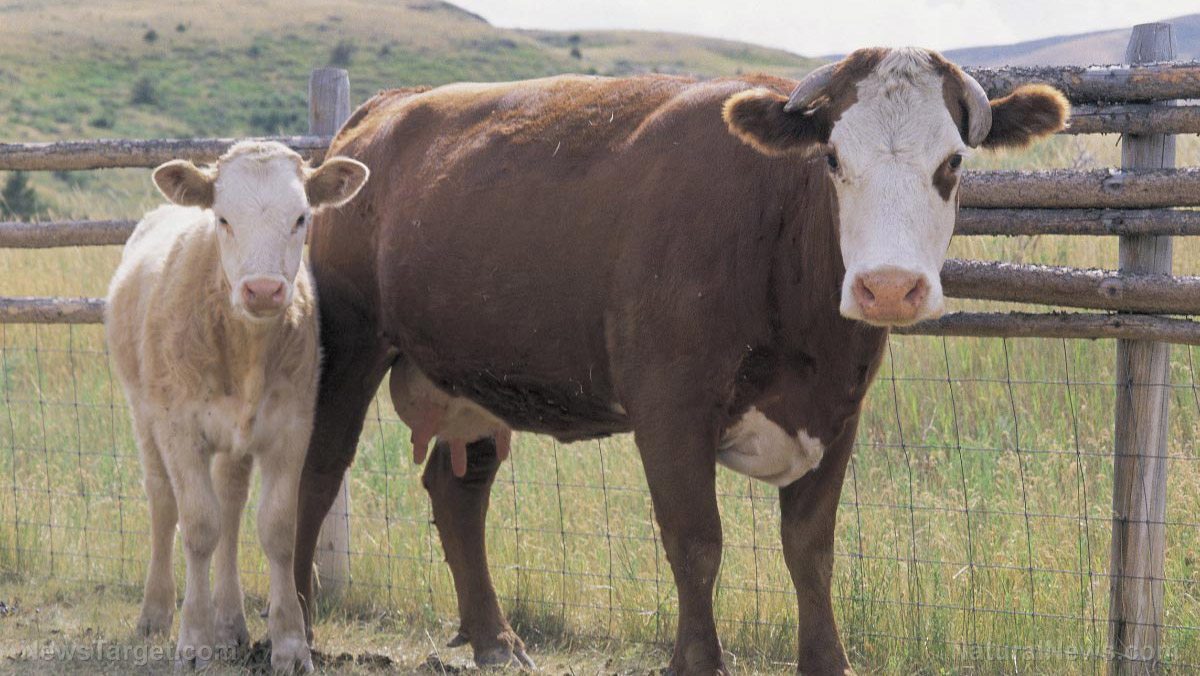A look under the surface at how Mother Nature recovers from pollution
05/11/2018 / By Edsel Cook

It takes a vigorous team effort to clean up pollution. Nowhere is that more clear than in nature, and a groundbreaking Canadian study sheds an informative light on the intricate teamwork between tiny bacteria, fungi, and willow trees to restore polluted environment, according to a Science Daily report.
Researchers from McGill University (McGill) and Université de Montréal (UdeM) drew inspiration from the ability of hardy, fast-growing trees to not only survive in heavily polluted areas, but also to clean up the toxic heavy metals and petroleum by-products that contaminated the soil. The willow tree, in particular, was well known for this ability to remove pollutants and restore soil quality.
This natural cleansing process is called phytoremediation. Willows accomplish this by creating secondary metabolites, specialized compounds that help plants cope with environmental stressors like pollutants, through a biological mechanism called secondary metabolism. (Related: Tannins from the miracle tree, a hybrid of the mimosa tree, found to be an effective treatment for many chronic diseases, including cancer.)
The joint Canadian research team took a closer look at these vital processes by examining the roots of willow trees in a Montreal suburb that was contaminated by petroleum hydrocarbons. They implemented techniques that could detect the creation of gene products – like metabolites – by more than one organism in an ecosystem.
This looks like a clean-up job for Mother Nature
According to the results of their study, the willow’s ability to thrive and clean up polluted environments is not a one-species job. Instead, it derives from closely-linked relationships between the tree and the microorganisms that live in its roots and the soil.

The researchers report that hydrocarbon pollutants in the soil were broken down by a cooperative effort between several types of ectomycorrhizal fungi in the roots of willow trees and a species of Enterobacteriaceae in the soil. The aforementioned fungi are symbiotic microorganisms that form sheaths around the roots of plants, while the bacteria are some of the microbiota in the soil.
Both willow trees and fungi react to pollutants by altering their relationships with the microbiota in the soil. Rather than undergo secondary metabolism themselves, they encourage the growth of Enterobacteriaceae populations.
Enterobacteriaceae produce the necessary secondary metabolites that can break down petroleum hydrocarbons into usable nutrients like ammonia and nitrite. While the bacteria uses some of these for themselves, they also transfer the nutrients to the fungi and the tree as part of their three-way mutually beneficial relationship.
Teamwork saves the environment
“We normally approach genetics by limiting the investigation to single organisms or domains of life,” mentions lead author Emmanuel Gonzalez, a McGill researcher who specializes in bioinformatics at the Canadian Centre for Computational Genomics.
The researchers adopted the bigger picture approach by looking at the genetics of all the subterranean organisms involved instead of limiting themselves to just one species. To their surprise, this made the process of phytoremediation much easier to understand and follow. Furthermore, they have come to believe that it is natural for organisms to interact and cooperate with each other, rather than the exception caused by the polluted circumstances.
“Our initial mind-set was that bioinformatics and biology could be more profoundly integrated to see the diversity of function within a challenged root system,” remarks biologist Nicholas Brereton, who works at UdeM’s Plant Biology Research Institute. “This quite quickly led to technical improvements in how we could observe gene expression across multiple life-forms, leading to new environmental biology discoveries.”
Just like how the willow tree and its symbiotic fungi and bacteria work together to break down pollutants, Brereton suggests breaking down the professional barriers between practitioners of different scientific disciplines.
Find out more about Mother Nature’s amazing processes at Ecology.news.
Sources include:
MicrobiomeJournal.BioMedCentral.com
Submit a correction >>
Tagged Under:
This article may contain statements that reflect the opinion of the author





















